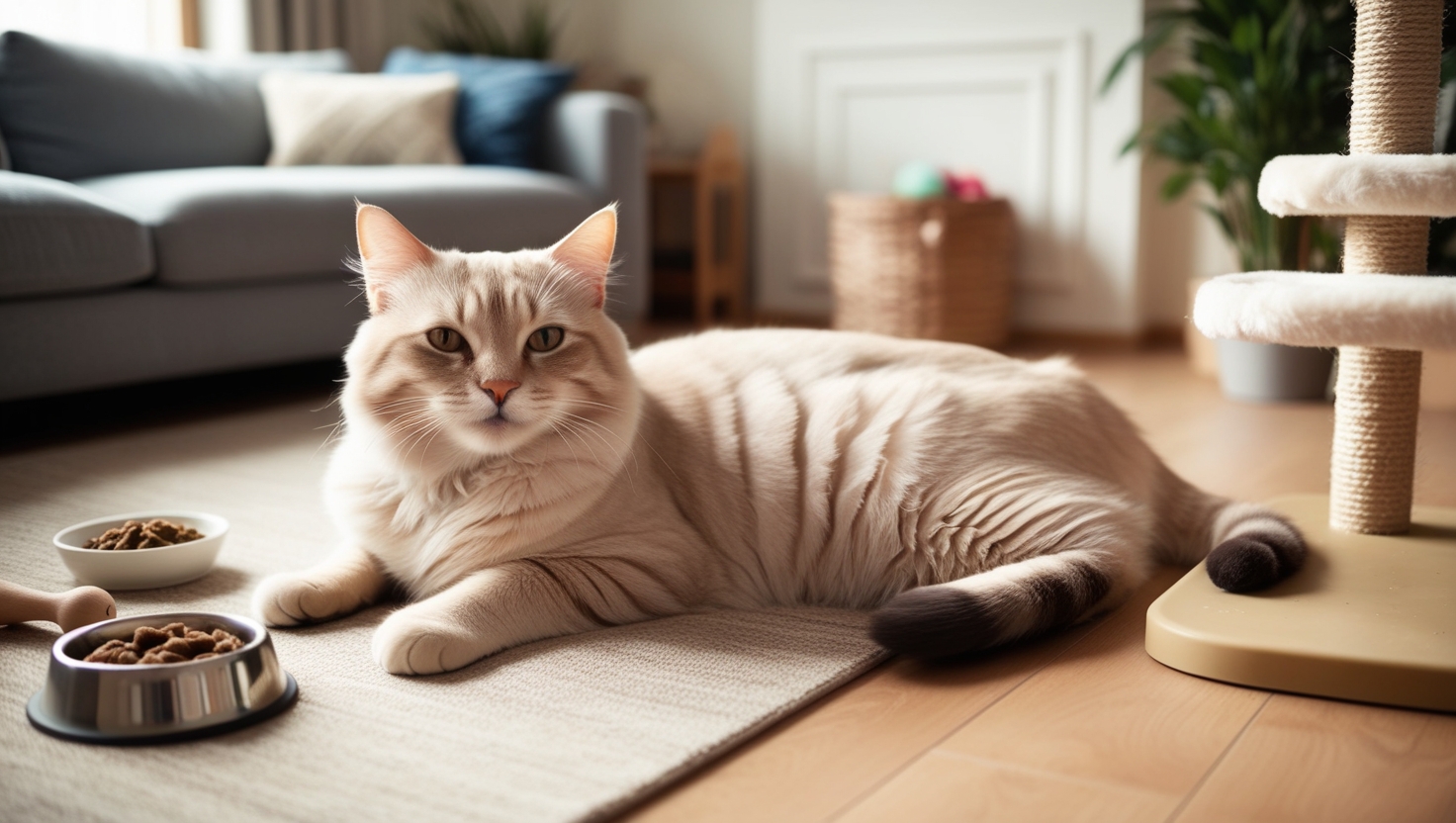Cats are beloved companions known for their independence, charm, and affectionate personalities. If you’re a cat owner, you may wonder how long your furry friend will be by your side. While the lifespan of a cat can vary widely depending on factors like breed, lifestyle, diet, and medical care, cats typically have a relatively long life compared to other pets. Let’s explore the general life expectancy of cats, factors that affect it, and tips to help your cat live a long, healthy life.
1. Average Lifespan of Cats
On average, domestic cats live between 12 and 15 years, though many live well beyond that range. It’s not uncommon for well-cared-for cats to reach their late teens or even early 20s. Cats that live indoors tend to have longer lifespans than outdoor cats due to reduced risks of injury, disease, and exposure to harsh environmental conditions.
Here’s a breakdown of the general lifespan ranges for cats based on their living environments:
- Indoor Cats: 12–20 years (with some reaching over 20 years)
- Outdoor Cats: 5–10 years (due to greater exposure to dangers)
2. Factors That Influence a Cat’s Lifespan
Several factors can impact how long a cat lives, including genetics, environment, diet, and healthcare.
- Genetics and Breed: Some cat breeds are predisposed to certain health issues that may impact their lifespan. For example, Siamese and Burmese cats are known for their longevity, often reaching 15–20 years or more. Conversely, certain breeds may have genetic conditions that can shorten their lifespan.
- Diet and Nutrition: A balanced, high-quality diet plays a crucial role in a cat’s overall health and longevity. Cats need proper nutrients to maintain healthy muscles, bones, and organs. Obesity, often caused by poor diet or overfeeding, can lead to numerous health problems that may shorten a cat’s life.
- Exercise and Mental Stimulation: Just like humans, cats benefit from regular physical activity and mental engagement. Exercise helps prevent obesity and keeps a cat’s muscles and joints healthy, while mental stimulation can reduce stress and prevent boredom, which can impact health.
- Healthcare and Regular Vet Visits: Preventive care, including regular vet check-ups, vaccinations, and dental care, is essential for detecting and addressing potential health issues early. Regular exams can catch issues like kidney disease, heart conditions, and dental problems before they become severe.
- Spaying and Neutering: Sterilized cats often live longer because they’re less prone to certain cancers and are less likely to roam, which reduces the risk of accidents or injury.
3. Indoor vs. Outdoor Cats: The Impact on Longevity
Cats that live primarily indoors tend to live much longer than those who live outdoors. Outdoor cats face various dangers, including:
- Traffic and Accidents: Cars pose a significant risk for outdoor cats, particularly those who roam freely near roads.
- Disease Exposure: Outdoor cats are more likely to contract diseases from other animals, such as feline leukemia virus (FeLV) and feline immunodeficiency virus (FIV).
- Predators and Fights with Other Animals: Encounters with other animals, such as dogs or wild animals, can result in injuries or even death for outdoor cats.
- Exposure to Harsh Weather: Extreme temperatures, rain, and snow can be challenging for outdoor cats, particularly as they age.
Indoor cats are shielded from these risks, which contributes to their longer lifespan. However, it’s essential to provide indoor cats with opportunities for exercise and enrichment to keep them happy and healthy.
4. Life Expectancy by Cat Breed
Certain cat breeds are known for their longevity, while others may have shorter life spans due to breed-specific health conditions. Here are some breeds with their approximate average lifespans:
- Siamese: 15–20 years
- Burmese: 16–18 years
- Persian: 12–17 years
- Ragdoll: 15–18 years
- Maine Coon: 10–15 years
- British Shorthair: 12–17 years
Mixed-breed cats, or domestic shorthairs and longhairs, often benefit from genetic diversity, which can reduce the likelihood of breed-specific health issues. These cats commonly live between 14 and 20 years with proper care.
5. Tips for Helping Your Cat Live a Long, Healthy Life
If you want to give your cat the best chance at a long and healthy life, consider these essential care tips:
- Feed a High-Quality Diet: Choose a well-balanced, high-quality cat food that meets your cat’s age and health needs. Consult your veterinarian for specific recommendations.
- Regular Vet Visits: Schedule annual or biannual vet visits to monitor your cat’s health, even if they seem perfectly healthy.
- Maintain a Healthy Weight: Obesity is a common issue in cats that can lead to numerous health problems. Provide regular exercise opportunities, whether through interactive play or toys, to keep your cat active.
- Dental Care: Dental health is vital for cats, as dental disease can lead to pain, tooth loss, and other health issues. Consider annual dental check-ups and discuss dental care options with your vet.
- Provide Enrichment: Cats thrive on mental stimulation. Provide toys, scratching posts, climbing structures, and interactive playtime to keep them engaged and stress-free.
Conclusion
Cats can be cherished companions for many years, with some even reaching two decades of life or more. While factors like genetics and breed can play a role, a healthy diet, regular veterinary care, and a safe, stimulating environment are key to helping your cat live a long, fulfilling life. By understanding your cat’s unique needs and providing quality care, you can maximize the time you spend together, ensuring a happy and healthy life for your beloved feline friend.

